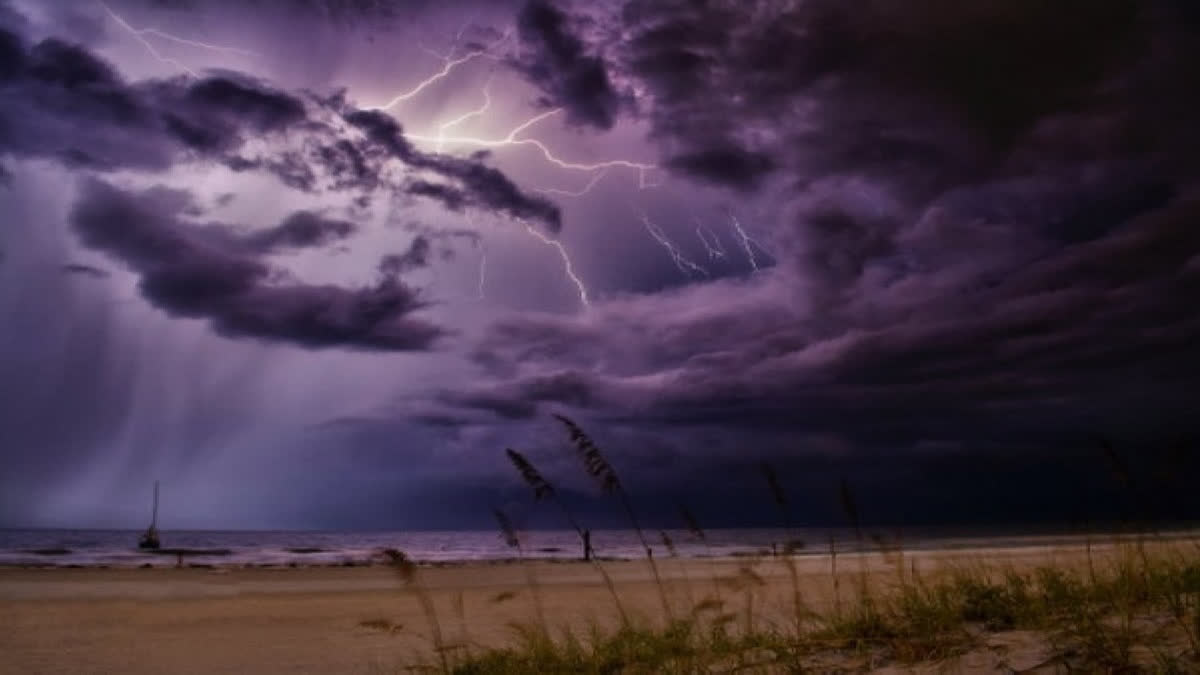New Delhi: The rainfall this monsoon is likely to be four per cent lower than the long-period average (LPA). It may be a cause for concern as it may lead to a drought-like situation as this year’s summer is expected to be warmer than usual and country’s certain parts of the country may experience severe heatwave conditions this year. The less rainfall during the monsoon is attributed to the El Niño conditions that are likely to develop in the Indo-Pacific region during the monsoon affecting weather patterns and climate across Asia and America.
What is El Niño?
El Niño means little boy in Spanish. According to the US government’s Oceanic and Atmospheric Administration, South American fishermen have been aware of the unusually warm water in the Pacific Ocean since the 16th century. These fishermen called this unusual phenomenon as El Niño de Navidad because El Niño typically peaks around December.
During normal weather conditions in the Pacific Ocean, trade winds blow west along the equator, taking warm water from South America towards Asia. In the process, the cold water rises from the deeper parts of the oceans to replace the warm water. This process is called ‘upwelling’ by the scientists.
During El Niño, these trade winds that blow west become weaker. As a result, the warm water is pushed back east, towards the west coast of America. This disturbance in the normal weather pattern has a significant impact on India’s southwest monsoon. Typically, the disturbance caused by El Niño lasts nine to 12 months, but can sometimes last for years. El Niño and its opposite climate disturbance La Niña, occur every two to seven years, on average, but they don’t occur on a regular schedule.
How does El Niño affect weather?
El Niño can significantly affect the weather conditions across the Asia Pacific as the warmer waters cause the Pacific jet stream to move south of its neutral position. Scientists call these phenomena the El Niño-Southern Oscillation (ENSO) cycle. El Niño and La Niña can both have global impacts on weather, wildfires, ecosystems and economies.
Also read: El Nino expected to return, likely to fuel spike in global temperatures: WMO
According to experts, the chances of low rainfall undeniably increase in an El Niño year, but there is no one-to-one correspondence between the emergence of El Niño and deficient monsoon rainfall in India. An emergence of El Niño does not necessarily mean a significant drop in rainfall and or a drought-like situation.
According to Sunil Sinha, Principal Economist and Director of Public Finance at India Ratings and Research, 10 out of the 33 years ranging from 1990-2022 were classified as El Niño years of variable intensity. “However, India experienced rainfall deficiency of over five per cent in seven of these 10 years and only five of these seven years were classified as drought years,” Sinha told ETV Bharat.
Sinha said monsoon rainfall is a complex phenomenon and its performance in India is influenced by several factors, which include the impact of El Niño or La-Nina (which means little girl in Spanish), the state of the Indian Ocean Dipole, the state of the Tropical Atlantic SST and Eurasian land heating, among other factors.
If the Indian Ocean Dipole value remains at or above the threshold of 0.4, it creates favourable conditions for the rainfall during the monsoon. According to Sunil Sinha, currently neutral Indian Ocean Dipole conditions are present over the Indian Ocean, but the IMD expects positive Indian Ocean Dipole conditions to develop during the 2023 southwest monsoon season. “If this happens, there is still a fair chance of limiting the downside arising out of El Niño on rainfall during monsoon in 2023,” Sinha noted.



